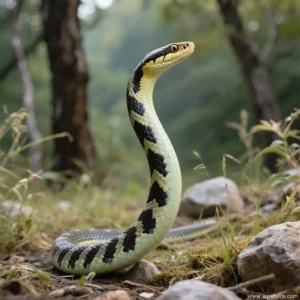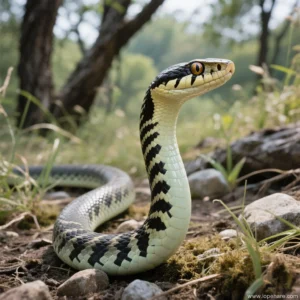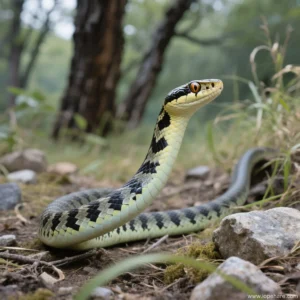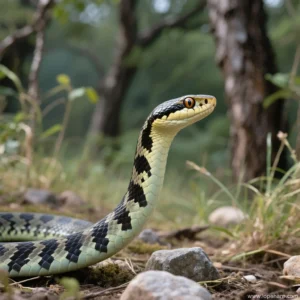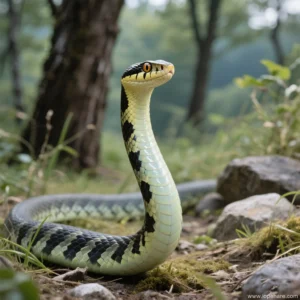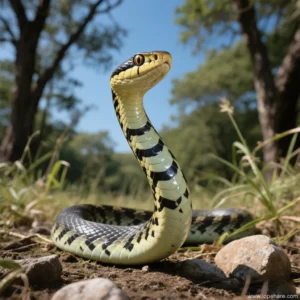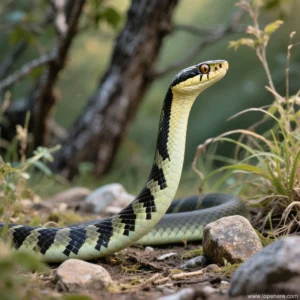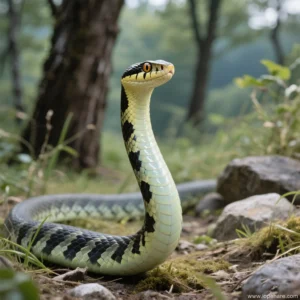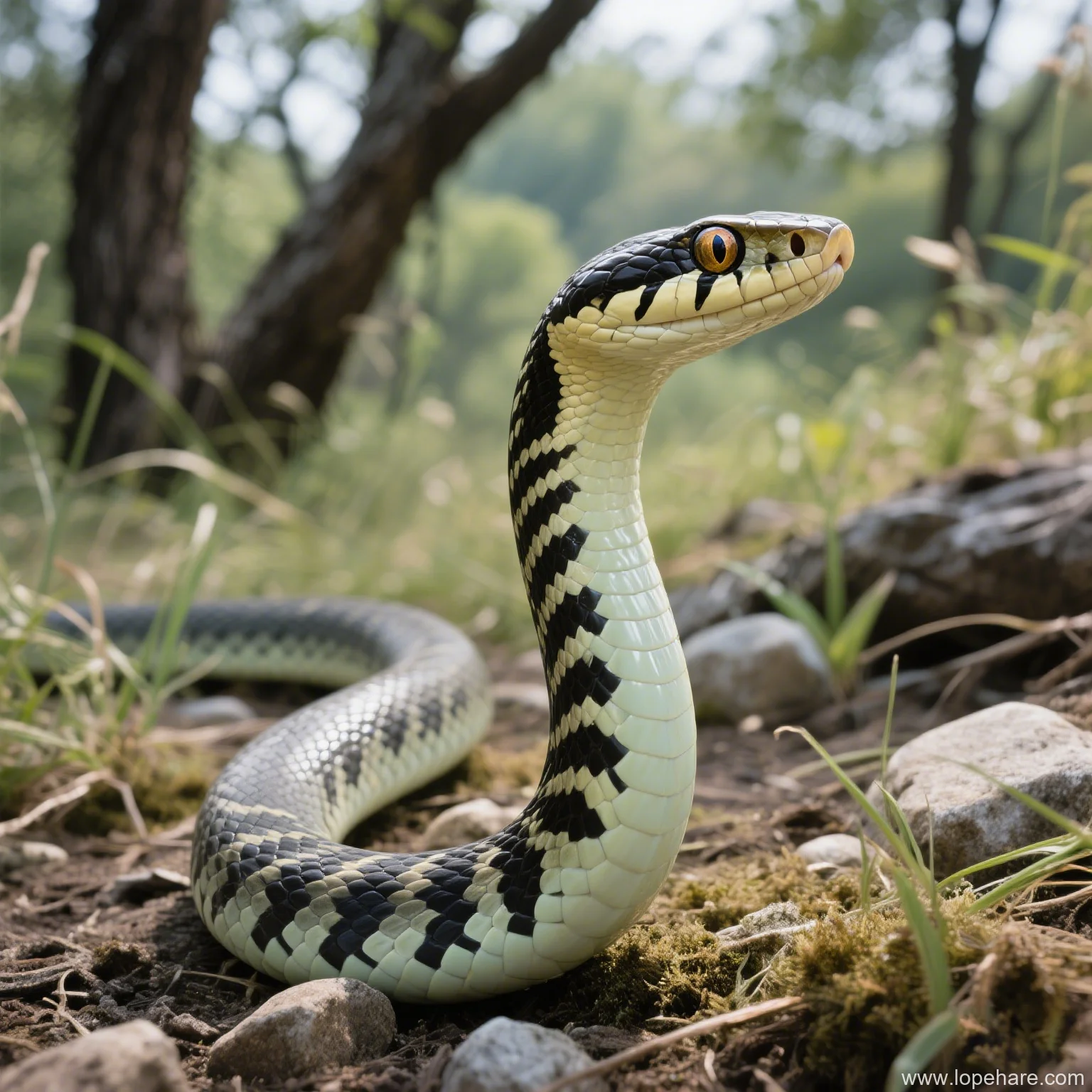
Reptile Husbandry
What to Do If Your Elaphe schrenckii Bites: First Aid and Prevention Tips
As enthusiasts dedicated to providing comprehensive care information for niche pets here at lopehare.com, we understand that even the most docile pet can sometimes bite. The Amur Rat Snake, *Elaphe schrenckii*, is generally known for its calm temperament, making it a popular choice among snake keepers. However, like any animal, they can bite if startled, stressed, or mishandled. While their bites are non-venomous, knowing exactly what to do is crucial for both your safety and to minimize stress for your snake.
Understanding Amur Rat Snake Bites
*Elaphe schrenckii* are constrictors and rely on their teeth for grasping prey before constriction. Their teeth are small, sharp, and curved backward, designed to hold onto food. A bite from an Amur Rat Snake typically results in small puncture wounds or superficial scratches. Bleeding can occur but is usually minimal. The primary risks associated with a bite are infection from bacteria in the snake’s mouth or skin, and tissue damage from pulling away too quickly.
Non-Venomous Assurance: It’s important to reiterate that *Elaphe schrenckii* is a non-venomous species. While any animal bite carries some risk, you do not need to worry about venom complications with this snake.
Immediate First Aid Steps
Should you experience a bite from your Amur Rat Snake, remain calm and follow these steps:
- Do Not Pull Away Forcefully: This is perhaps the most important first step. Your snake’s teeth are designed to grip. Yanking your hand or finger away can cause larger tears, more bleeding, and potentially break the snake’s teeth (which is painful for the snake and leaves tooth fragments in the wound). Remain still.
- Encourage Release: Often, the snake will release on its own once it realizes you are not prey and you are not struggling. If it doesn’t, you can gently try to encourage it to let go. Running cool water over the snake’s head or gently applying a small amount of hand sanitizer near its mouth *might* cause it to release, but use this as a last resort and cautiously, as it can stress the snake. Patience is usually the best approach.
- Control Bleeding: Once released, apply gentle pressure to the wound with a clean cloth or paper towel to stop any bleeding.
- Clean the Wound Thoroughly: Wash the bite area immediately and thoroughly with soap and warm water. Scrub gently to remove any potential contaminants.
- Disinfect the Wound: After washing, apply an antiseptic solution or wipe (like hydrogen peroxide, iodine, or rubbing alcohol) to the bite area. This helps kill bacteria and prevent infection.
- Apply Antibiotic Ointment: Once disinfected, apply a thin layer of over-the-counter antibiotic ointment to the wound.
- Cover the Wound: Cover the bite with a clean bandage or sterile dressing to protect it from further contamination.
- Monitor for Signs of Infection: Keep an eye on the wound over the next few days for redness, swelling, increased pain, warmth, or pus. These are signs of infection.
Proper first aid is crucial for treating amur rat snake bite at home and preventing complications.
When to Seek Medical Attention
While most Amur Rat Snake bites are minor, you should consult a doctor if:
- The bleeding is excessive or doesn’t stop after applying pressure.
- The wound is deep or large.
- You cannot remove debris or potential broken teeth fragments from the wound.
- You show signs of infection (redness, swelling, pain, pus, fever) that worsen after initial cleaning.
- You have concerns about tetanus and haven’t had a tetanus shot recently.
- You have a compromised immune system.
Why Snakes Bite & Prevention Tips
Understanding *why* a snake bites is key to preventing elaphe schrenckii bites in the future. Bites are usually a result of stress, fear, or a feeding response, not aggression. Here are common reasons and how to avoid them:
- **Feeding Response:** If your hands smell like prey items (rodents, chicks), the snake might mistake you for food. ALWAYS wash your hands thoroughly before and after handling your snake or its food. Using feeding tongs is highly recommended to separate feeding from handling.
- **Feeling Threatened:** Sudden movements, loud noises, or approaching the snake from above (like a predator) can make it feel scared and defensive. Approach calmly, move slowly, and support the snake’s body properly when handling.
- **Stress:** An uncomfortable or insecure enclosure, improper temperatures, or frequent/rough handling can stress a snake, making it more likely to bite. Ensure its enclosure meets all snake pet care requirements.
- **Handling During Shedding:** Snakes’ vision is impaired when they are in “blue” prior to shedding, making them more sensitive and defensive. Avoid handling during this period.
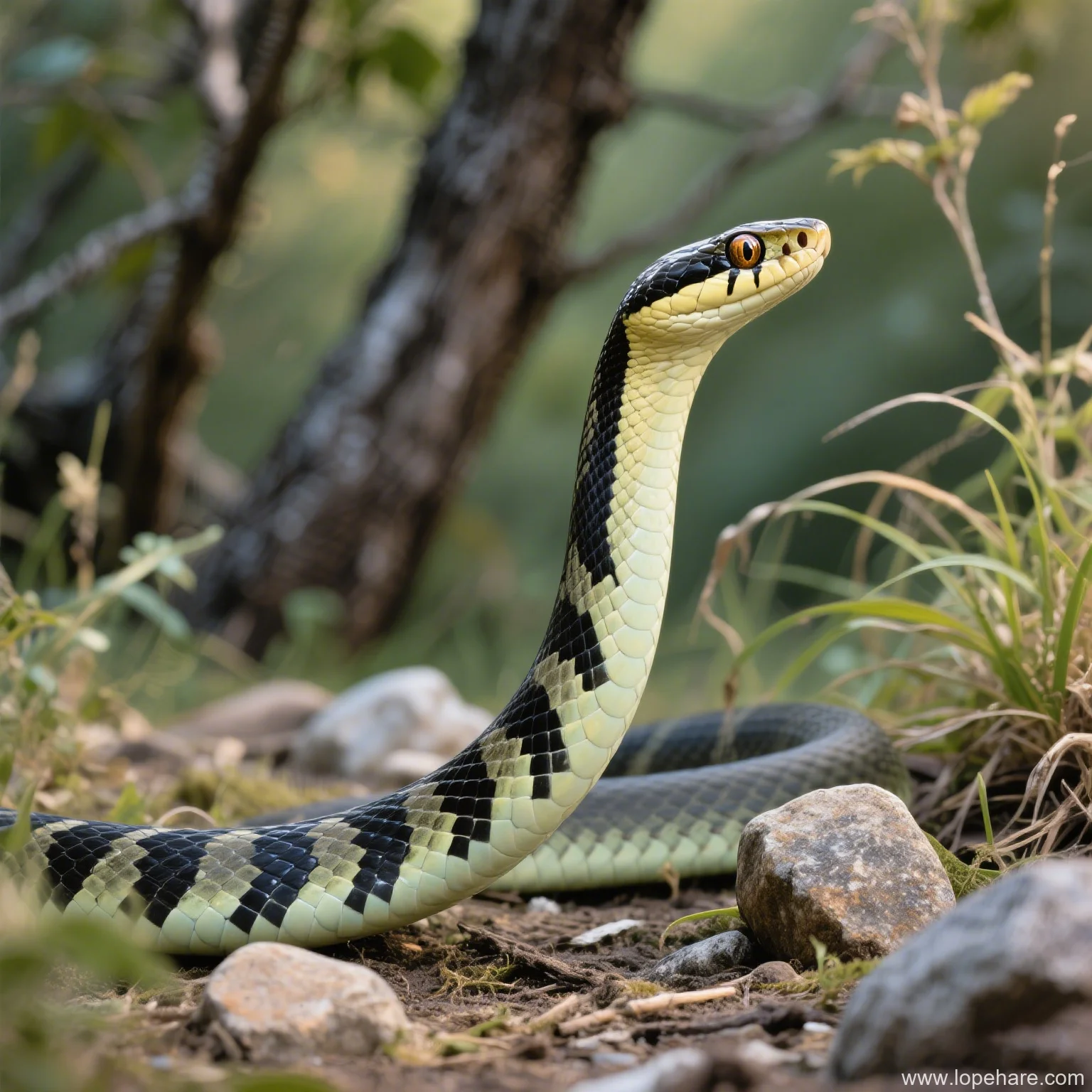
Creating a Safe Handling Environment
When you do need to handle your *Elaphe schrenckii*, ensure the environment is calm and secure. Handle the snake over a soft surface (like a bed or carpet) in case it falls. Avoid handling when you are stressed or in a hurry. Supervise children closely and teach them proper handling techniques.
For a comprehensive guide to setting up the ideal habitat and routine for your Amur Rat Snake, visit our detailed *Amur Rat Snake care sheet* section on lopehare.com, drawing on best practices documented in herpetological resources.
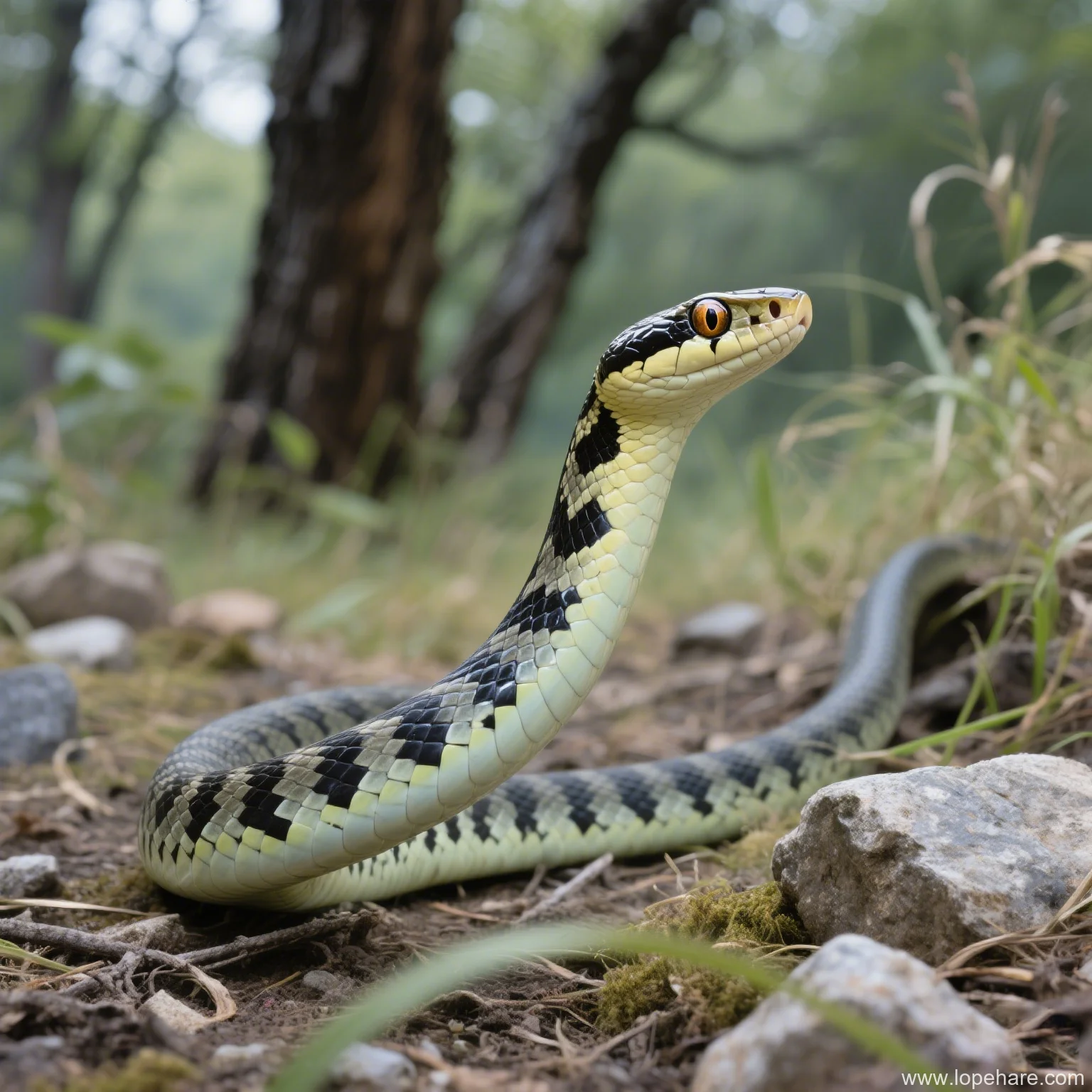
Conclusion: Preparedness is Key
While a bite from your *Elaphe schrenckii* is unlikely to be medically severe, being prepared is part of responsible pet ownership. Knowing the correct first aid steps and, more importantly, understanding and mitigating the reasons *why* your snake might bite will help ensure safe and positive interactions for both you and your fascinating pet. At lopehare.com, we are dedicated to equipping you with the knowledge needed for just such scenarios, helping you enjoy the rewarding experience of keeping niche pets like the beautiful Amur Rat Snake.
Citation: Information on the general characteristics and non-venomous nature of Elaphe schrenckii was referenced from the Wikipedia entry on the Amur Rat Snake.
